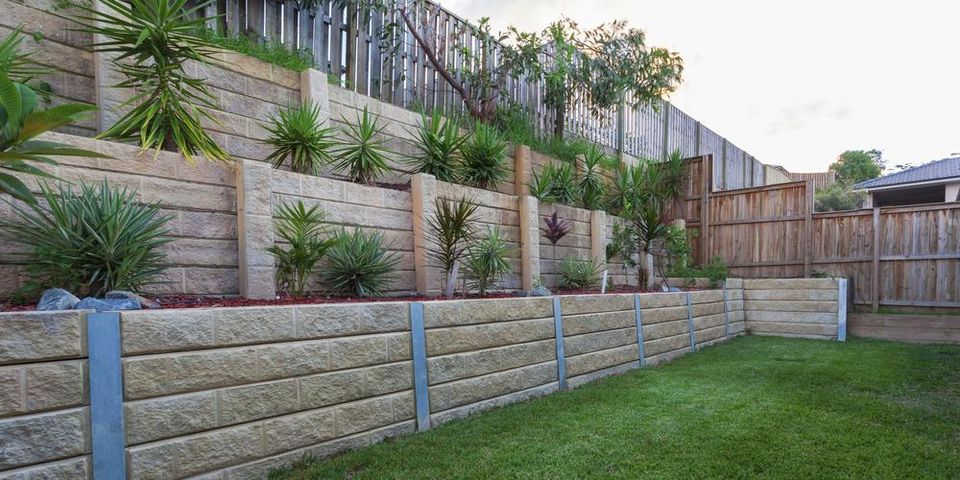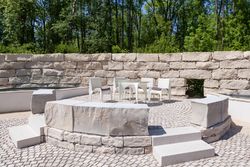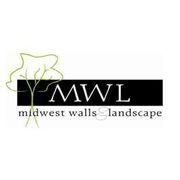
A retaining wall is a hardscape structure that serves a variety of purposes. Most are used to retain soil, though they can also add visual interest to a landscape or shore up significant elevation changes. Many types of materials can be used to build retaining walls, including concrete, treated timber, stone, and boulders.
Types of Retaining Walls
According to the professionals at Lincoln, NE’s Midwest Walls & Landscape, there are two primary types of retaining walls: gravity and reinforced. Gravity retaining walls are shorter and depend on their weight and setback to retain soil. Most of these are built with concrete blocks, which stack together and lock into place, forming a setback. This helps the wall withstand the pressure from the soil it’s retaining.
 As the name suggests, reinforced walls use some reinforcement to enhance their strength and improve their retention capabilities. Segmental retaining walls are referred to as geogrid. The geogrid is placed between blocks in the wall to reinforce it. Otherwise, alternative reinforcement materials are used. These can include soil nails, earth anchors, or concrete.
As the name suggests, reinforced walls use some reinforcement to enhance their strength and improve their retention capabilities. Segmental retaining walls are referred to as geogrid. The geogrid is placed between blocks in the wall to reinforce it. Otherwise, alternative reinforcement materials are used. These can include soil nails, earth anchors, or concrete.
What Are the Benefits?
Retaining walls is especially beneficial for erosion prevention and are often used on hillsides and beaches to enhance safety and preserve the ecosystem. They can also differentiate outdoor living spaces from the rest of the landscape and create additional usable space. For example, if some of your property is situated on land that’s not safe or accessible, a retaining wall could work in tandem with a patio or walkway to provide additional room. They can also be used to create a dramatic entrance to commercial zone, retail plaza, or resort.
To learn more about retaining walls and their many uses, call (402) 423-4892 to speak with the professionals at Midwest Walls & Landscape. You can also or visit their website.
About the Business
(2 reviews)
Have a question? Ask the experts!
Send your question

